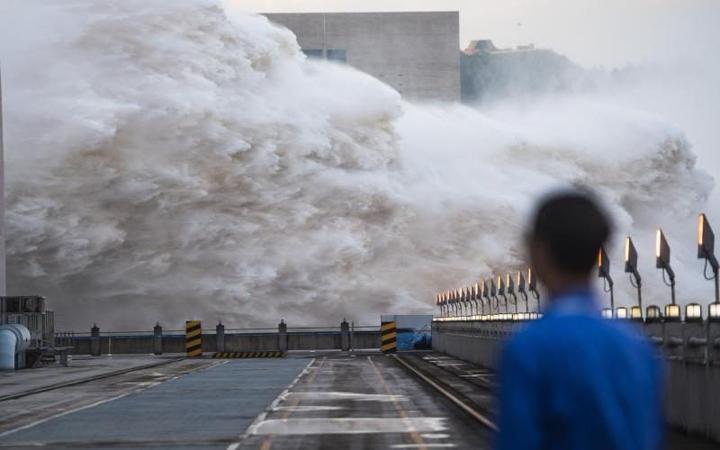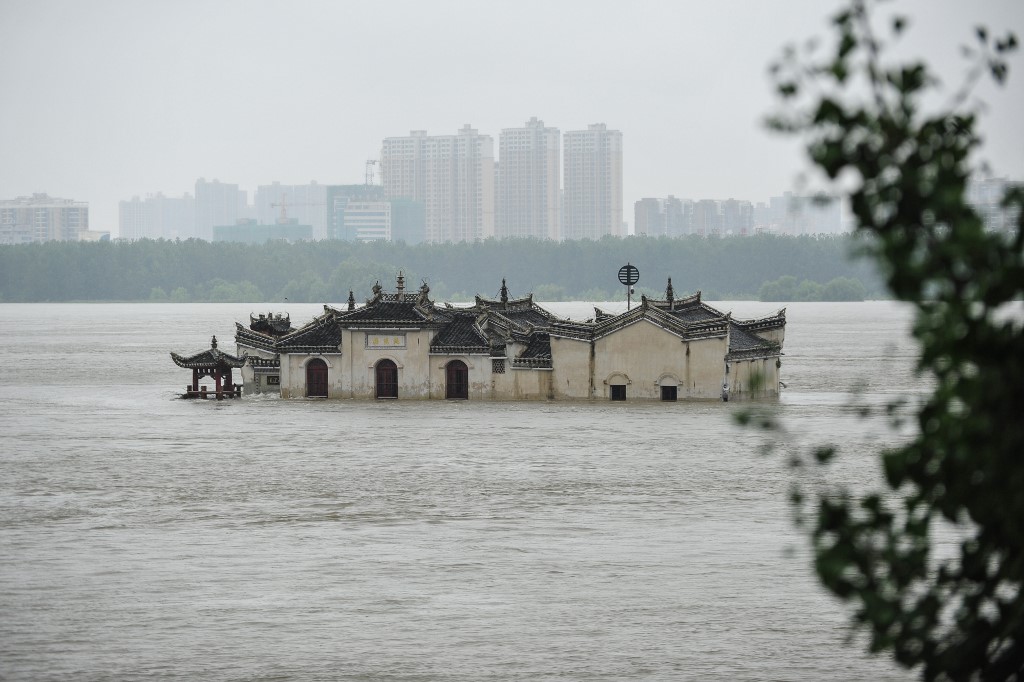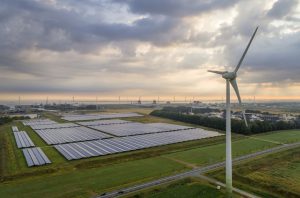(ATF) China traditionally breaks the annual solar cycle into 24 periods. Usually uncannily correct, this year climate change and an El Nino weather pattern in the Pacific has thrown the system into disorder.
June 22 in the beginning of Dashu – the time of year when the duration of the sunshine is the longest, the average temperature is highest, rainfall is the greatest, and the thunderstorms are most frequent. So, this is the time of greatest rain – but flooding and non-stop downpours have been hitting the country since May in the south, central and eastern regions, while the north and northwest suffered drought.
This has totally thrown traditional rice and wheat planting and harvesting. In some areas cornfields are under six feet of water. The economic and agricultural repercussions are enormous, with some estimating this could be the most expensive flood season ever.
The current flood, likely to prove the greatest in Chinese history, is breaking records set during the great flood of 1998, which was also blamed on El Nino. That flood came in five waves, while the current flood is only into its second wave, so it is possible there are more peaks to come. Indeed, the rainy season only officially started a few days ago.
Chinese officials are trying to save the Three Gorges Dam, which officials have admitted is at peak, or past peak capacity.

Operators also admitted recently that the world’s biggest dam was “deformed but safe“. But the problem is when the dam’s sluice gates are opened, vast amounts of water are propelled downstream (as seen in this picture by Xinhua), so much that big cities such as Wuhan are inundated. And when Three Gorges remains shut, Chongqing, the city upstream, suffers flooding.
Chinese media has shown very little about the floods – and the Communist leaders are notably absent, whereas usually they tour afflicted areas.
But there are signs that the party leaders are greatly concerned about the impact of the flooding, which has given rise to talk of food shortages.
This is believed to be a key factor behind the government’s move to send 2 trillion yuan directly to ‘grassroots’ people affected by flooding, the coronavirus and other crisis currently making their lives miserable. No exact reason was given for the money – officials just said it should be used for those in urgent need.
The Ministry of Statistics has so far said it is impossible to calculate cost of the flooding until the crisis ends, possibly in a month’s time.
Meanwhile, critics say China needs to break its reliance on coal power and not allow stimulus funds given to provincial governments to continue funding power sources that will increase global warming and the chance of more episodes of this type of severe weather.
SEE ALSO: As floods head to Shanghai, China frets on the cost of climate change
























